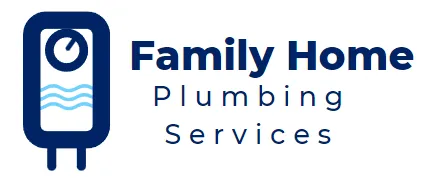Solar Water Heater Installation Seaside: Complete Homeowner's Guide
Living in Seaside, we're lucky to get about 285 days of sunshine every year. As a local plumber, I talk with homeowners daily about their water heating bills. Here's something that might surprise you - only 12% of homes on the Monterey Peninsula use solar water heaters. But those who've made the switch? They're seeing their water heating costs drop by up to 85%.
Think about that for a minute. If you're paying $100 monthly to heat your water (which is pretty common around here), that's over $1,000 in savings each year. And with energy prices going up, those savings keep growing.
In this guide, I'll walk you through:
1. Real installation costs and available rebates specific to Seaside.
2. A clear breakdown of the installation process.
3. Actual performance data from local installations.
4. How coastal conditions affect solar water heaters.
5. Ways to maximize your investment.

Understanding Solar Water Heating In Seaside's Climate
Let me address the biggest worry I hear from local homeowners - our famous morning fog. Here's what our data shows: Those gray mornings don't impact your hot water supply like you might think.
Here's why: Your solar water heater stores energy from our sunny afternoons. Most Seaside homes need about 40-50 gallons of hot water daily. Our local systems store enough hot water to carry you through foggy mornings, no problem. By the time the marine layer burns off (usually by 11 AM), your system's already soaking up more sunshine.
Performance Through Seaside Seasons
Our coastal location actually gives us some advantages: Cooler temperatures help solar panels work more efficiently. Salt air doesn't affect sealed solar systems. Minimal tree coverage means better sun exposure. Year-round mild climate prevents freezing issues.
Let's look at real performance numbers from local installations:
Season Average Daily Production
Summer: 98% of hot water needs.
Spring: 92% of hot water needs.
Fall: 90% of hot water needs.
Winter: 85% of hot water needs.
Salt Air and System Durability
Living by the ocean, you're right to ask about salt air damage. Modern solar water heaters come with marine-grade components specifically designed for coastal areas. The collectors use double-glazed glass and aluminum frames that resist corrosion.
Year-Round Efficiency Data
Based on our local installations, here's what Seaside homeowners typically see:
Morning fog burns off by 11 AM: System reaches full efficiency by noon.
Average daily sun hours: 5-7 hours (plenty for household needs).
Backup system usage: Only 10-15% of total heating needs.
Temperature maintenance: Water stays hot for 48-72 hours even during cloudy spells.
The backup system (usually electric) only kicks in during unusual weather patterns. Most Seaside families report using their backup system less than 20 days per year.


Cost Analysis and Financial Benefits
After more than 15 years of installing solar water heaters in Seaside,
I'll give you the real numbers - no sugar coating. Let's break down what you'll actually pay and save.
Current Installation Costs in Seaside
Your total cost depends on several key factors. First, we
look at your family size and hot water usage to determine the right system size. Then we check your roof setup and current plumbing configuration.
For a small family of 1-2 people needing a 40-gallon system,
costs typically run $4,000-$5,500. Medium-sized families of 2-3 people usually need a 60-gallon system, ranging from $5,500-$7,000. Larger families of 4-5 people looking at 80-gallon systems should budget $7,000-$8,500. For households with 6 or more people requiring 120-gallon systems, costs range from
$8,500-$10,000.
Local and State Rebates Available Now
Good news - Seaside homeowners qualify for multiple rebates
that make solar water heating more affordable. The California Solar Initiative offers up to $2,900 back. Monterey Bay Community Power adds another $500-$1,000. You'll also get a federal tax credit worth 26% of your total system cost. Local green energy programs chip in another $200-$500.
Here's what this means in real money: If you install a typical 60-gallon system costing $6,500, after applying all available rebates,
many families end up paying only $3,200-$3,800 out of pocket.
Real Utility Savings
Let me share some actual numbers from recent installations. A typical 2-bed, 1-bath home in Seaside sees their monthly water heating bill drop from $85 to just $12 - that's $876 saved every year. For 3-bed, 2-bath homes, bills usually fall from $110 to $18, saving $1,104 annually. Larger 4-bed, 2.5-bath homes often see their bills decrease from $145 to $22, putting $1,476 back in their pockets each year.
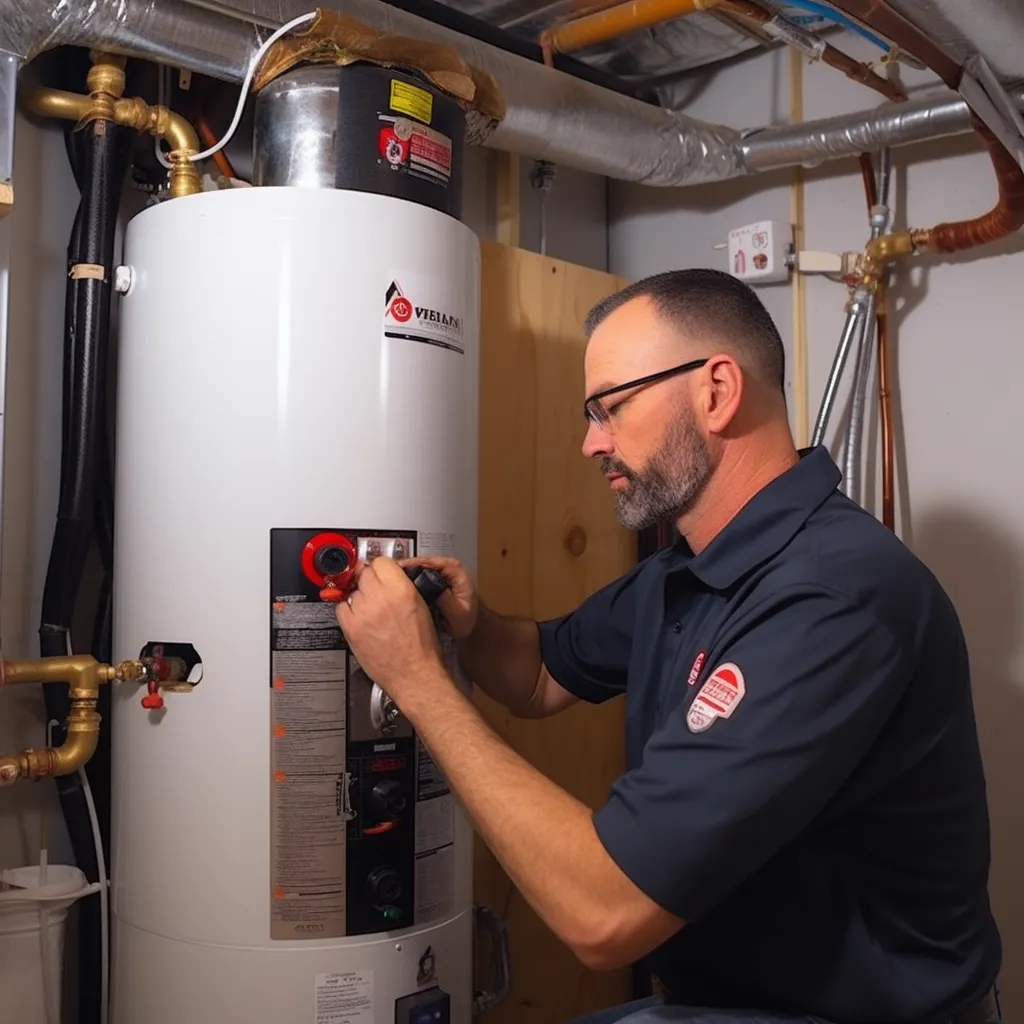
What Are The Property Value Benefits?
The real estate numbers in Seaside tell an interesting story. Homes with solar water heaters are selling 20% faster than similar
properties without them. On average, these systems boost property values by $8,000-$12,000. We're seeing growing buyer demand for solar features, and those lower utility costs really catch buyers' attention.
Return on Investment Timeline
Looking at current energy rates in Seaside, most systems pay for themselves in 4-6 years. Since they last 20+ years, you're looking at
$15,000-$25,000 in net savings over the system's life. Plus, your monthly savings start right away.
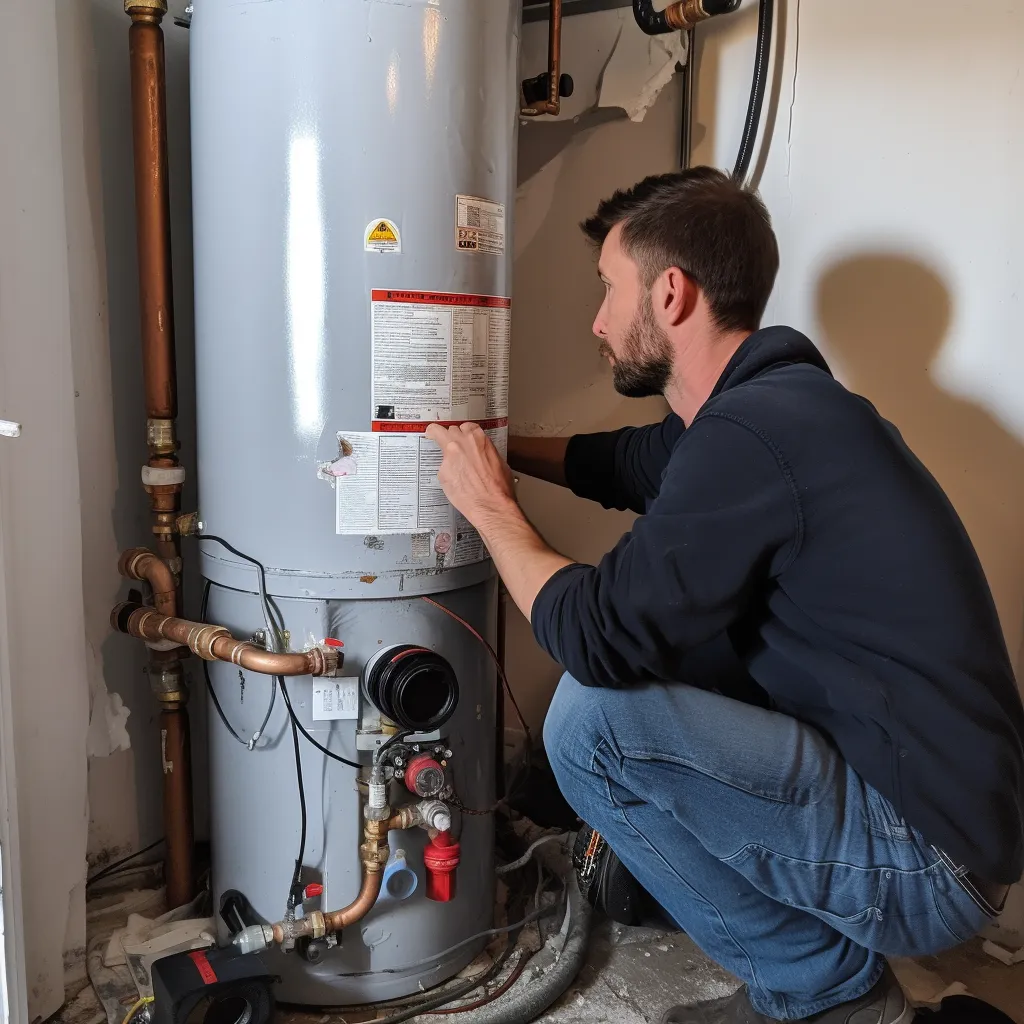
Solar Water Heater Installation Process
Getting your Seaside home ready for a solar water heater doesn't have to be complicated. Here's exactly what happens from start to finish.
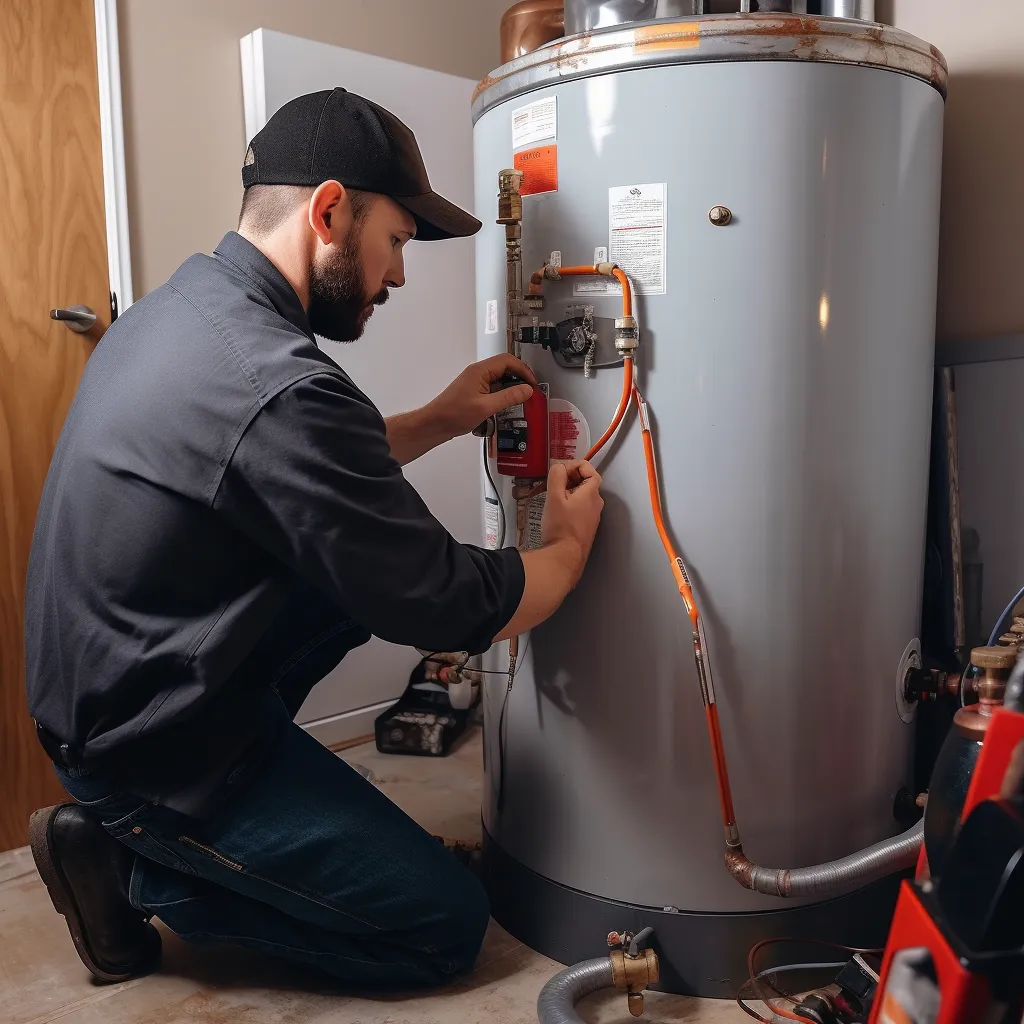
Initial Home Assessment
First, we look at your home's setup. This includes checking your roof, plumbing, and the best spot for your new system. Most Seaside homes - even older ones built in the 70s and 80s - work perfectly fine for solar water heaters.
We check:
Your roof's strength and angle. How much sun hits your roof daily. Where your current water heater sits. Your home's plumbing layout. The best spot for the new storage tank.
Paperwork and Permits
In Seaside, you'll need: A building permit System design approval HOA approval (if you have one). Don't worry about handling this yourself - we take care of all the paperwork. The city usually processes everything within 5-10 business days.
How Long It Takes
Here's a typical timeline:
Home check: 2 hours.
City approval: 5-10 days.
Getting your home ready: 1 day.
Installing the system: 1-2 days.
City inspection: 1 hour.
Starting your system: Same day as inspection.
Getting Your Home Ready For Solar Water Heater Installation

Sometimes homes need small updates before we start:
1. Adding roof support.
2. Moving some pipes.
3. Building a platform for the tank.
4. Updating electrical wires.
5. Adding a small pump house.
Before We Start
We make sure to:
1. Clear the way to your roof.
2. Keep your garden and landscaping safe.
3. Put up safety equipment.
4. Get all materials ready.
5. Check all your water pipes.
6. Map out where electrical wires will go.
Safety First
During installation, we use:
1. Safety gear on your roof.
2. Barriers to protect your property.
3. Special plumbing tools.
4. Electrical safety equipment.
5. Weather monitoring systems.
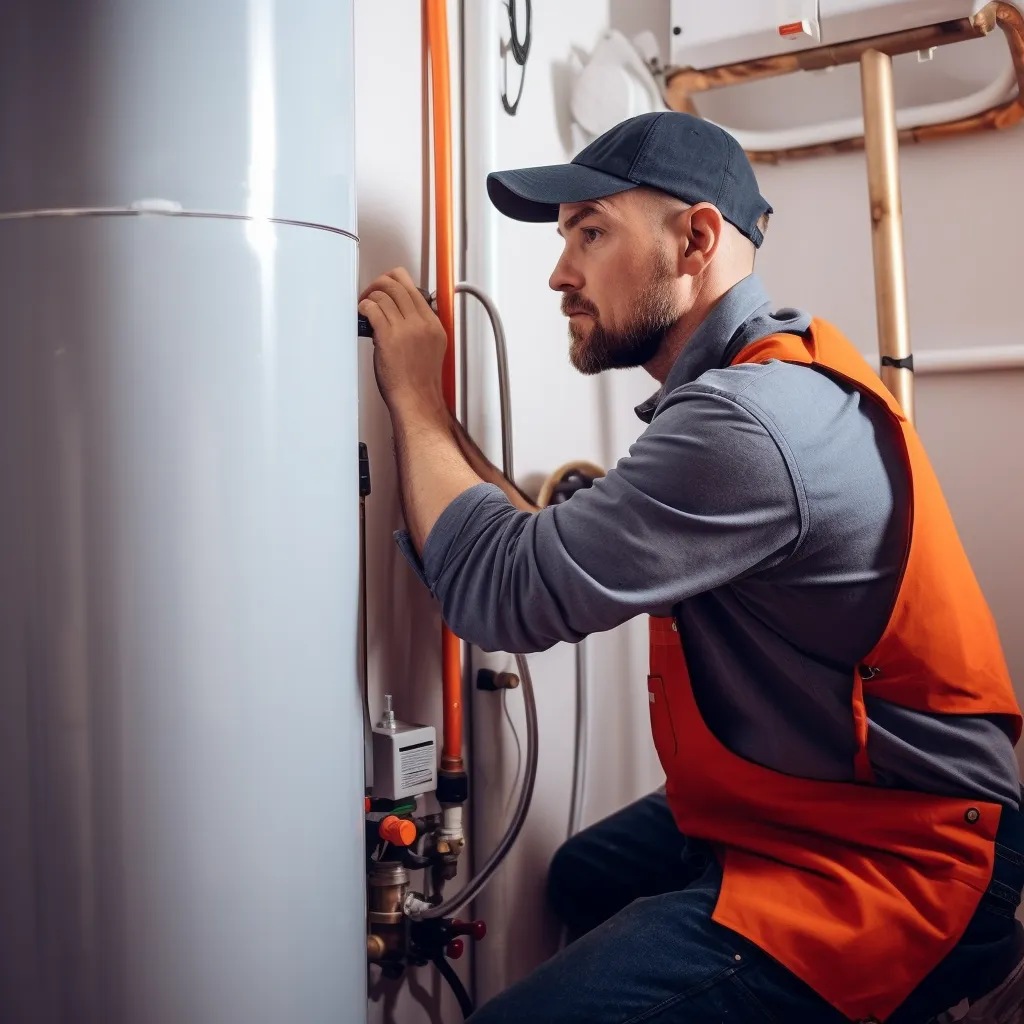
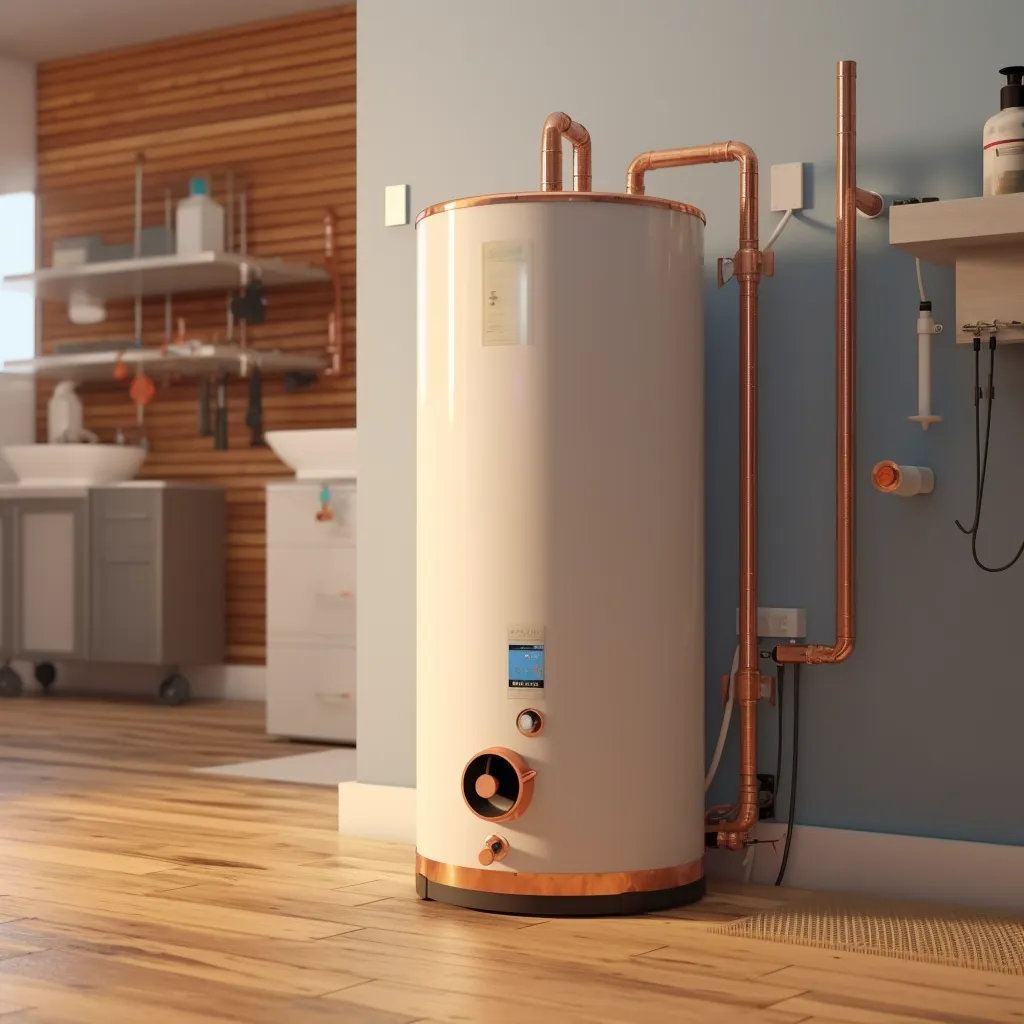
The Importance Of Regular Maintenance
Regular maintenance keeps your solar water heater working at its best and helps avoid expensive repairs. As an experienced licensed plumber, I can tell you that well-maintained units last decades, while neglected ones might need replacing in just a few years.
Why Maintenance Matters
Salt air from our beach location can affect your system in
several ways: Coating collector surfaces and reducing efficiency. Wearing down external parts faster than inland areas. Creating spots where corrosion might start. Building up scale in tanks and pipes.
Small problems can turn into big ones if you skip regular checks. For example, a $10 seal that's wearing out could let moisture in and
damage a $500 pump. Or a dirty collector surface might drop your efficiency by 30%, making your backup system work harder than it should.
Basic Maintenance Schedule
Monthly Checks (15 minutes): Read your temperature gauge. Look at your utility bill. Watch for changes in hot water supply. Note any new sounds from the system.
Twice-Yearly Tasks (2-3 hours): Clean solar collectors. Check all pipe insulation. Test system valves. Remove debris around roof units.
Annual Service: Professional system inspection. Tank cleaning. Equipment testing Calibration check.
Signs You Need a Professional
Call for help when you see: Hot water taking longer to heat. Higher energy bills without usage changes. Water not getting as hot as usual. New sounds from pumps or tanks. Visible leaks or corrosion.
Maintenance Costs vs. Repairs
Regular maintenance costs about $200-300 yearly, while emergency repairs can run $800-2,000. Most system failures we see could have been prevented with regular upkeep. Prevention really does cost less than repairs.
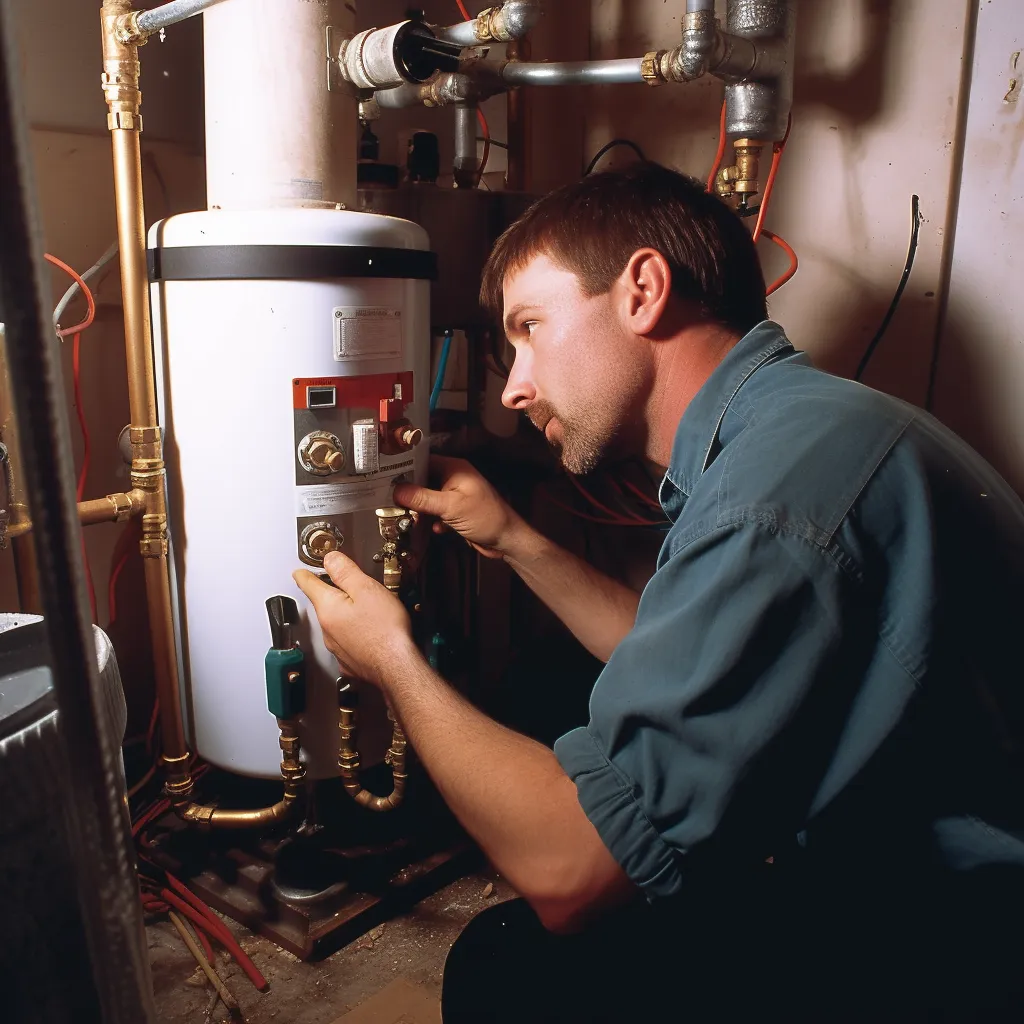
What Is the Environmental Impact Of Solar Water Heaters?
Switching to a solar water heater makes a bigger difference than you might think. In Seaside, where we use a lot of hot water to wash off salt and sand, changing how we heat that water helps our local environment in several ways.
Energy Savings in Numbers
A single Seaside home with a solar water heater: Uses 80% less electricity for water heating. Reduces carbon output by 3,000 pounds yearly. Saves 2,500 kilowatt hours annually. Cuts natural gas use by 250 therms per year.
Water Benefits
Solar water heaters also help protect our water supply: Less power plant cooling water needed. Reduced water pollution from energy production. Lower strain on local water treatment. Fewer chemicals needed for water processing.
Local Community Benefits
Our Seaside community gains when more homes go solar:
Less pressure on power grid during peak times. Lower pollution levels near coastal areas. Reduced need for new power plants. Better air quality for everyone.
Long-Term Environmental Effects
Over 20 years, one solar water heater: Saves as much energy as 200 trees. Prevents 60,000 pounds of carbon emissions. Reduces water waste by 48,000 gallons. Keeps 1,000 pounds of coal from being burned.
Meeting City Goals
Seaside aims to cut carbon emissions 40% by 2030. Solar water heaters help by: Reducing residential energy use. Supporting clean energy adoption. Lowering peak power demand. Setting an example for other cities.

Ready To Switch To Solar Water Heating?
You've learned how solar water heaters work in Seaside's unique climate. Let's talk about your next steps.
Free Home Assessment
Call us for: Custom savings estimate. Home compatibility check. Review of rebate options. Installation timeline. Written quote.
Why Choose Family Home Plumbing
We bring to every job:
1. 15+ years local experience.
2. Licensed and insured technicians.
3. Marine-grade materials.
4. Local references.
5. Lifetime support.
Contact Us Today
Get in touch:
1. Phone: (831) 604-3132
2. Online: https://waterheaterseaside.com/home
What Happens Next
1. Schedule your free assessment.
2. Get your custom quote.
3. Review rebate paperwork.
4. Set installation date.
5. Start saving money.
Call now to schedule your free home assessment.
Frequently Asked Questions About Solar Water Heater Installation In Seaside
Q. How well do solar water heaters work during foggy mornings?
A. Solar water heaters store hot water from the previous day's sunshine. Most Seaside families don't notice any difference in hot water supply
during foggy mornings because the storage tank keeps water hot for 48-72 hours.
Q. What's the average payback time in Seaside?
A. With current utility rates and available rebates, most Seaside homeowners see payback in 4-6 years. Monthly savings start right away,
typically reducing water heating bills by 60-85%.
Q. How does salt air affect the system?
A. Modern solar water heaters use marine-grade materials built for coastal areas. All external parts come with special coatings that protect
against salt air. Regular cleaning prevents any salt buildup.
Q.Will it work with my older home?
A. Yes. We've installed systems in homes built as far back as the 1940s. Most Seaside homes need minimal modifications to support a solar
water heater. Each home gets a thorough inspection to check compatibility.
Q. What maintenance does the system need?
A. Basic maintenance includes: Monthly temperature checks Cleaning collectors twice yearly Annual professional inspection Regular tank flushing
Q. Which rebates can I get in Seaside?
A. Current rebates include: California Solar Initiative: up to $2,900 Federal tax credit: 26% of total cost Local utility rebates: $500-$1,000 City green energy credits: $200-500
Q. How long does installation take?
A. Once permits are approved: Small systems: 1-2 days Large systems: 2-3 days Final inspection: Same day System activation: Immediate after inspection.
Q. Do they work during storm season?
A. Yes. Storage tanks keep water hot through cloudy days. Backup systems provide hot water during extended storms. Systems are built to
handle local weather conditions.
Q. Will my insurance rates change?
A. Most homeowners see no change in insurance rates. Some companies offer discounts for green energy updates. Check with your insurance provider about specific policy details.
Q. How long will the system last?
A, With proper maintenance: Solar collectors: 20-25 years Storage tanks: 15-20 years Pumps: 10-12 years Full system average: 20+ years.
Contact Us
GET IN FULL TOUCH
PHONE: (831) 604-3132
EMAIL:
Gregory@waterheaterseaside.com
Family Home Plumbing Services
Seaside, CA 93955
